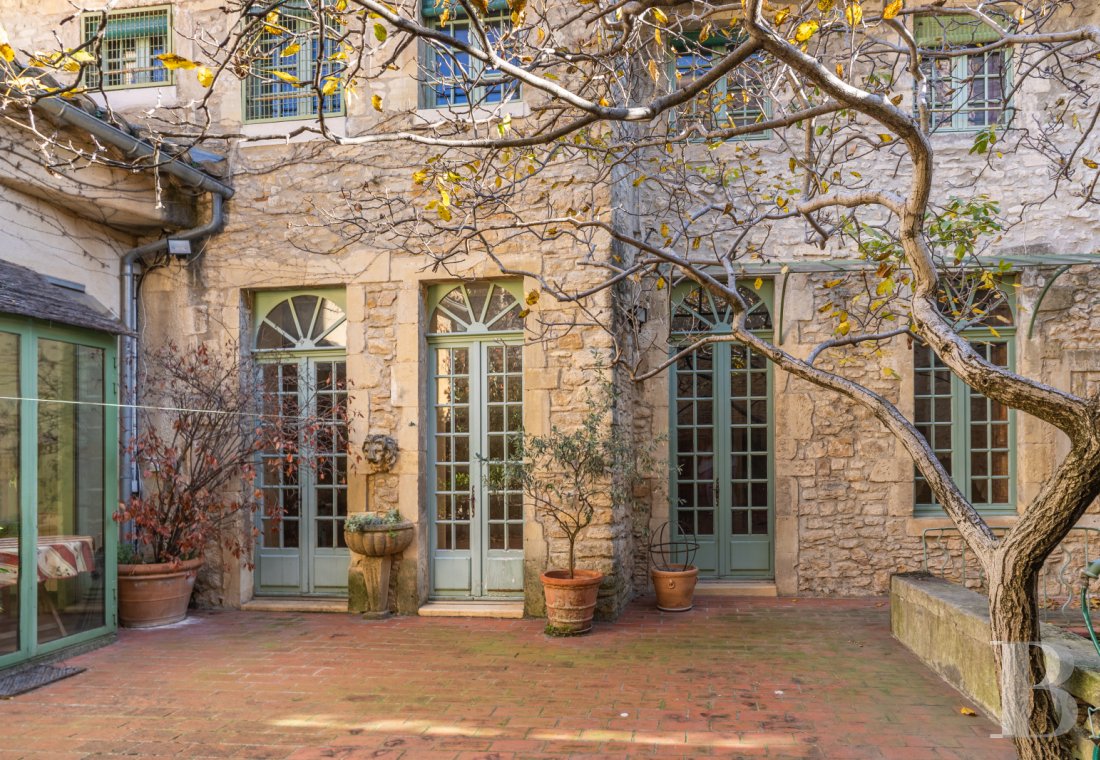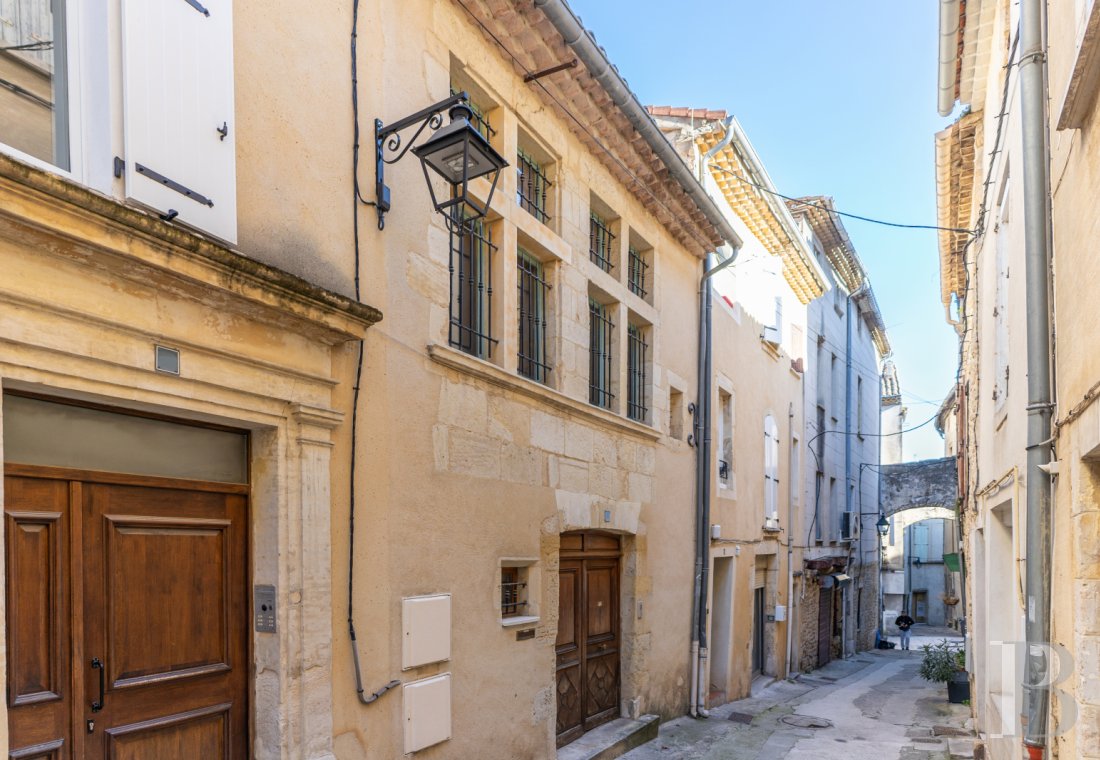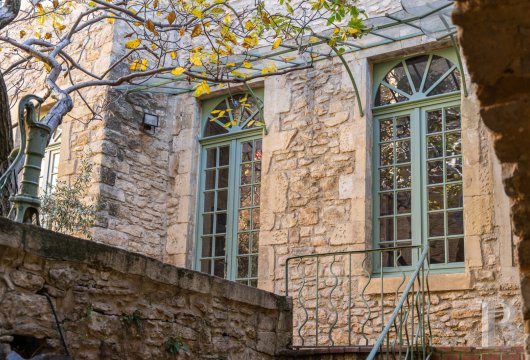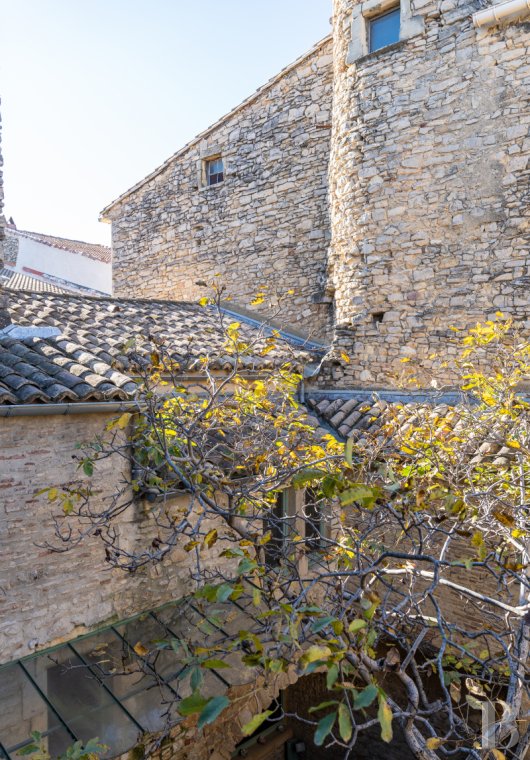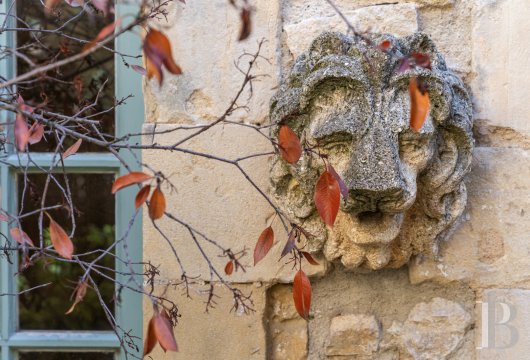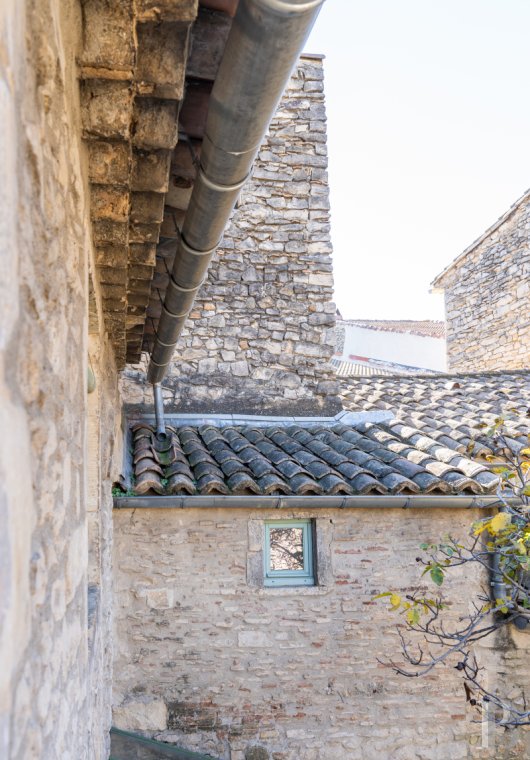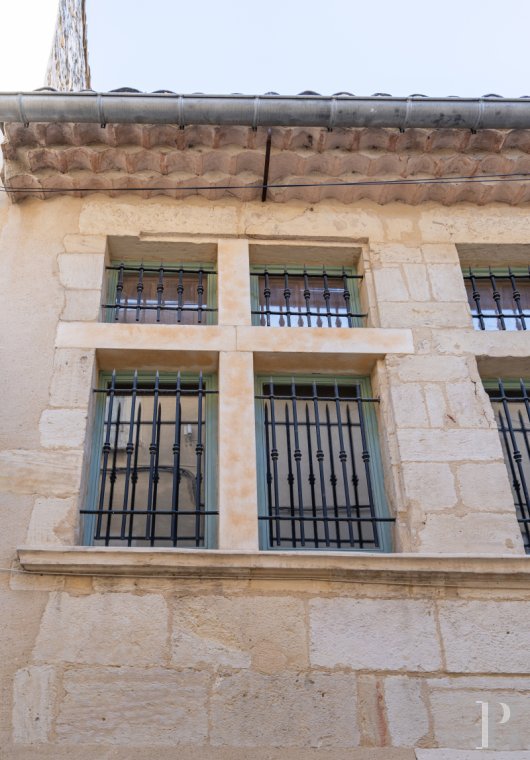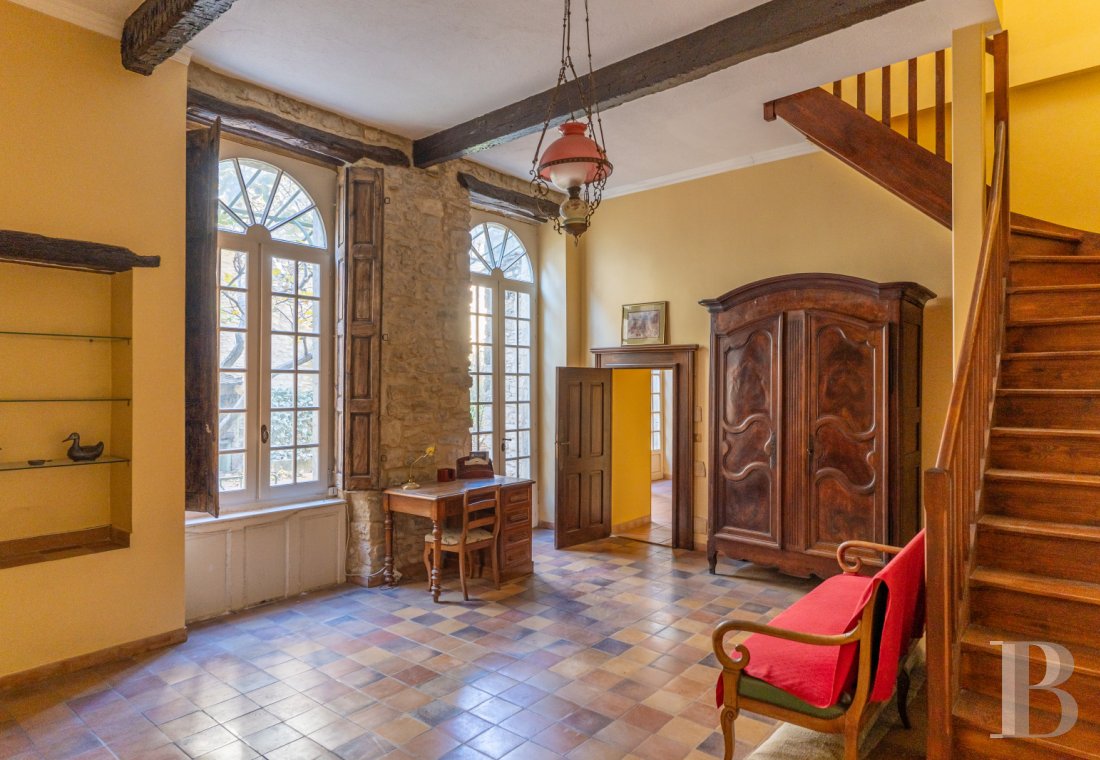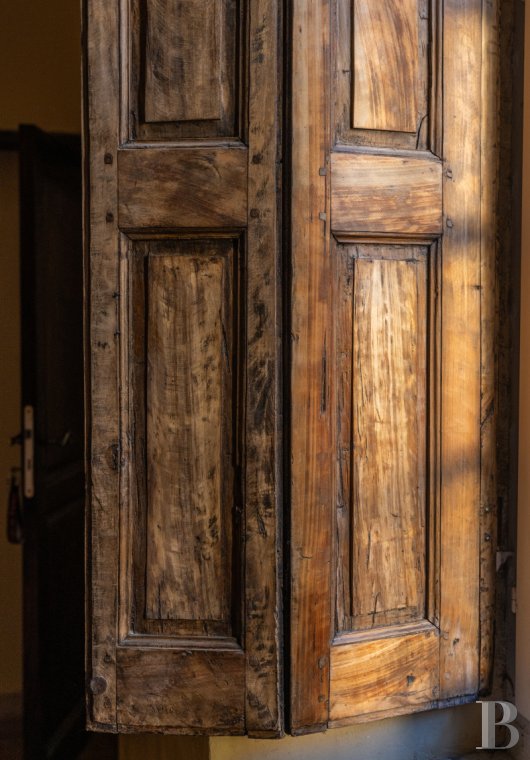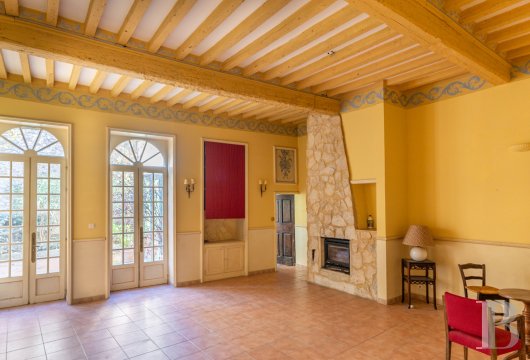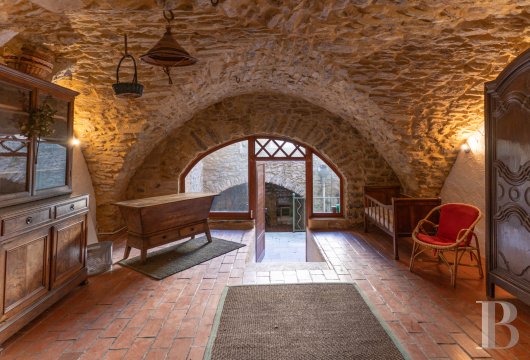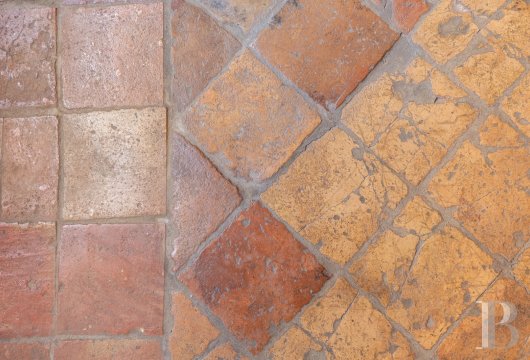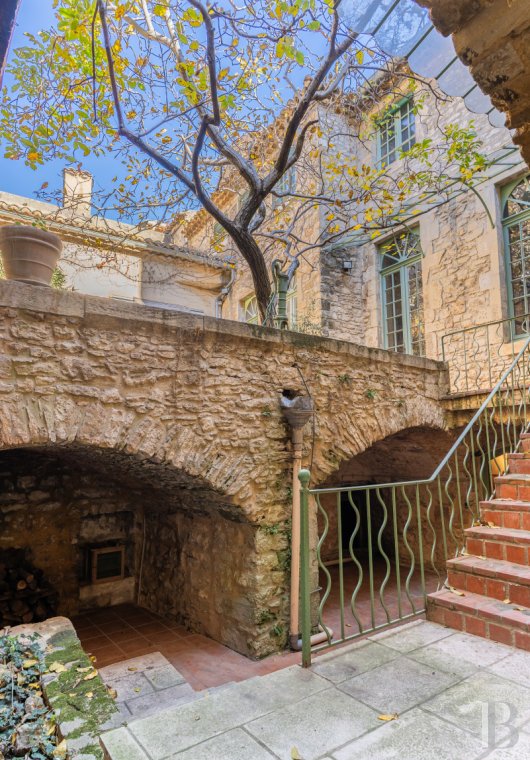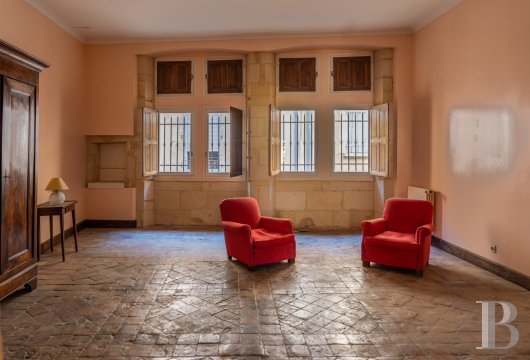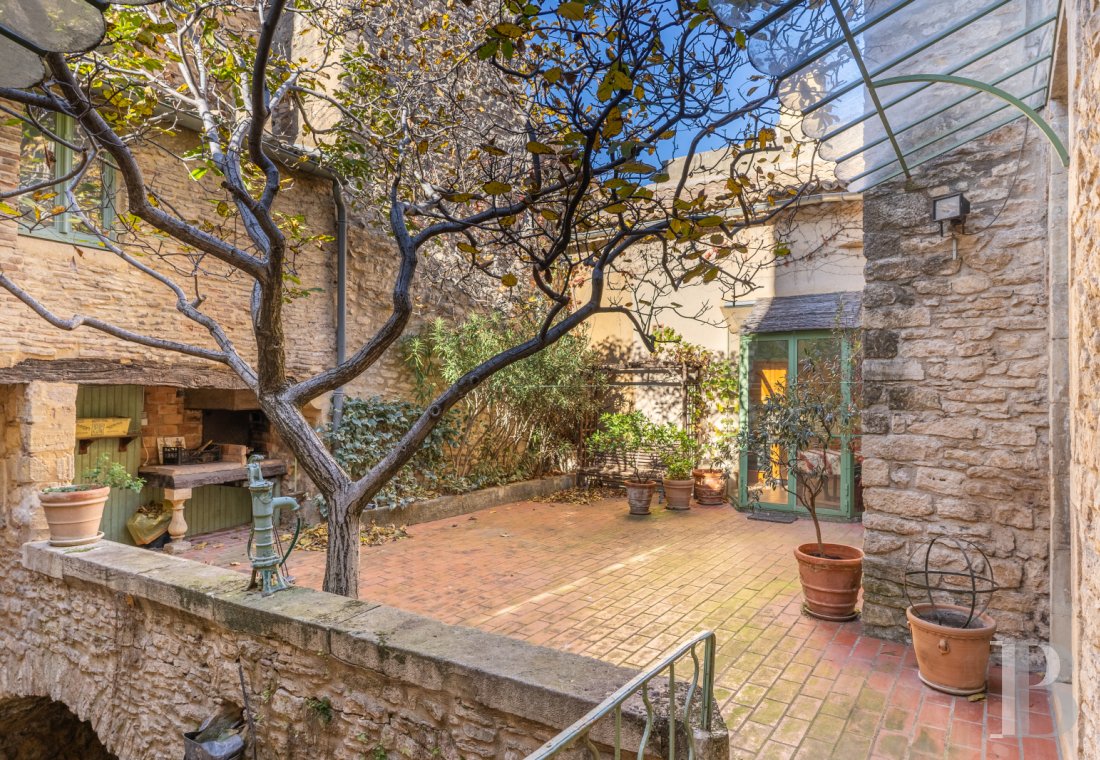in the oldest district of Bagnols-sur-Cèze

Location
At the eastern end of Occitania, Bagnols-sur-Cèze, the third-largest town in the department, is the capital of the Gard Rhodanien region, with a remarkable architectural and natural heritage. Built between one of Caesar's military camps and the river Cèze, which crosses the department from west to east, the former spa town developed thanks to the technological centres that were established in the region at the end of the 20th and the beginning of the 21st century. The medieval building is located in the heart of the historic centre, dating back to the 12th century, and is accessed via a quiet, gently sloping street.
Avignon and its TGV high-speed train station are 30 minutes away, while the many charming spots of the Gard region of Provence are just around the corner - in Uzès, in the Cèze valley - along with those of the Ardèche to the north and, towards the west, the Cévennes mountains.
Description
In 1321, he ordered the construction of a palace in Villeneuve-lez-Avignon, of which only a few walls remain today. He played a crucial role for the city of Bagnols-sur-Cèze, initiating a number of defensive works, such as the creation of moats around the ramparts, and contributing to the restoration of the main hospital with a view to improving public health.
The southern elevation on the street side is partly rendered, revealing a dressed stone structure. The pedestrian doorway is topped by two large cross windows. Edged by a triple cornice of shortened tiles, the gable roof with monk-and-nun tiles conceals the rest of the property. Three additional buildings are arranged around a central courtyard, each of distinctive architectural interest. However, the most intriguing feature is to be found on the first floor, facing west: a “logette” (small cell-like room with a large window) built of terracotta brick supported by a chestnut beam, probably dating from the 16th century.
Behind the noble street facade, the other elevations of the house are of more rustic local stone. These walls are punctuated by large French windows allowing generous sunlight to pour into the various rooms of the dwelling. The living area extends over two levels above the cellars.
The house
The ground floor
A pedestrian door from the street leads to an entrance hall with a quadripartite stone vault, which was repointed during the restoration works and provides a warm welcome for guests before they enter the inner courtyard. From here, a flight of external steps leads to a south-facing door opening onto a landing. Opposite, an old stone sink has been cleverly preserved. To the west, a dressed limestone staircase leads to the only bedroom on the ground floor, while a passageway to the east links the living rooms on this level. The first of these is the sitting room, with its quarter-turn wooden staircase. The other rooms are on the north side: a dining room with a fireplace and an exposed roof boards, followed by the kitchen in the north section, which closes off this part of the dwelling. There are numerous windows and glass doors opening onto the courtyard or the street. The floors are laid with terracotta tiles.
The upstairs
The next level is divided into two completely independent sections. At the top of the southern staircase, of dressed stone, a landing provides access on one side to a generously sunlit bedroom with two large cross windows and a remarkably well-preserved floor with a chequered pattern. On the other side, in the "logette", there is a shower room with toilet. The second section is accessed via the quarter-turn wooden staircase, which starts in the sitting room. A landing leads on either side to two bedrooms with sloping ceilings, along with a bathroom containing a toilet in the northern section, and a study in the room to the south, which could be converted into an additional shower room if required.
The courtyard
The courtyard is the central feature of the property and extends over two storeys. The entrance hall, located between these two levels, leads to a landing serving both. A flight of steps provides access to the stone-vaulted cellars, which run along the lower edge of the courtyard and under the dwelling. The floor was recently laid with new terracotta tiles.
To the east of the landing, the staircase leads up to the first floor of the house and to the terrace, which is wide and enjoys plenty of sunshine. A walnut tree, which has managed to find its way through the stones into the open ground, provides a little freshness during the summer months. A number of other plant species also contribute to the serenity and gentleness of the residence. From this upper part of the courtyard, there are several openings leading to the interior spaces: the kitchen to the north, the dining room and sitting room to the east, and the staircase to the first floor of the southern elevation.
The cellars
Located alongside the lower level of the courtyard, the cellars have their own specific functions. One of them has been converted into a summer bedroom with a shower room and lavatory under the eastern part of the building. The dry stone vaults provide pleasant shelter from the summer heat. The second cellar is used as a technical area.
Our opinion
If the walls could speak, their voice would undoubtedly have a slight Italian accent - softened by seven centuries of life in France - so deeply rooted in their stones are the important episcopal stories that were played out here in the early days of the Italian Renaissance. Their discreet tales could happily mingle with the lively sounds of a family home, where the clink of crockery at festive lunches would echo, and where laughing, playful children might gather. Alternatively, it could become a holiday residence in which to relax and unwind after a stroll through the local market. A place as vast as it is diverse, with each room offering its own universe, where each inhabitant has made their mark, taking part in a long history that is certain to see a bright future.
Reference 999457
| Land registry surface area | 124 m2 |
| Main building surface area | 250 m2 |
| Number of bedrooms | 3 |
NB: The above information is not only the result of our visit to the property; it is also based on information provided by the current owner. It is by no means comprehensive or strictly accurate especially where surface areas and construction dates are concerned. We cannot, therefore, be held liable for any misrepresentation.

